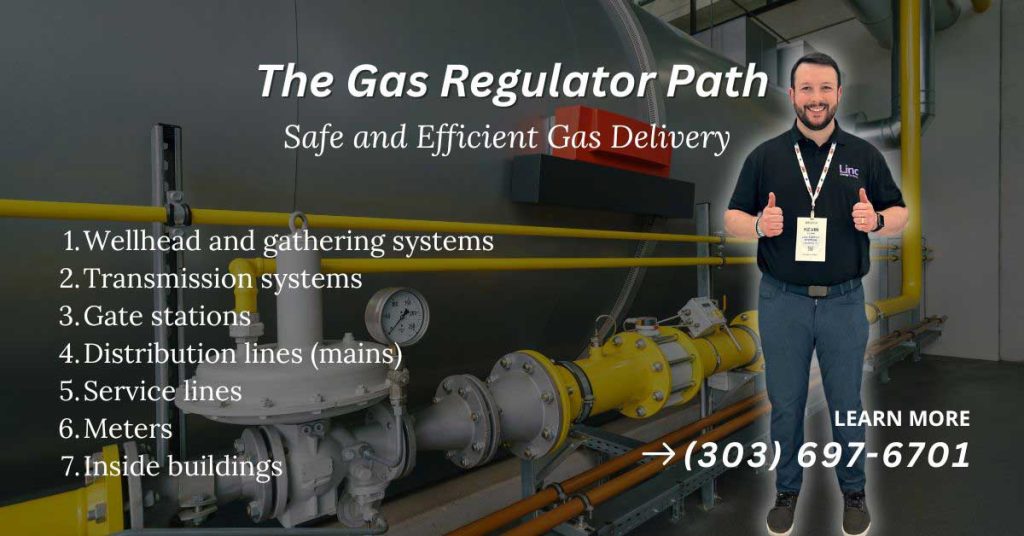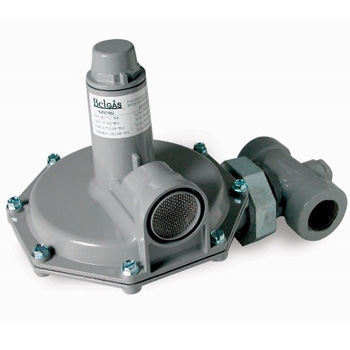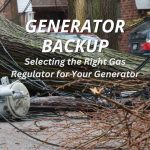The Critical Role of Natural Gas Regulators in Safe Energy Delivery
Natural gas plays a crucial role in our daily lives, powering our homes and businesses. But have you ever wondered how this resource is safely delivered from the wellhead to your stove burner? The answer lies in an often-overlooked equipment: the natural gas regulator. In this comprehensive guide, we’ll explore the vital role of regulators in the gas delivery system and how they work to ensure our safety.
Natural gas regulators are the unsung heroes of the gas delivery system. Their primary function is to adjust gas pressure throughout the entire distribution network, from the wellhead to your appliances. By maintaining appropriate pressure levels, regulators ensure gas flows safely and efficiently through pipes and into our homes and businesses.

Natural Gas Path from Well to Burner
Let’s follow the path of natural gas and see how regulators play a role at each stage:
- Wellhead and Gathering Systems: As gas exits the well, regulators begin their work, adjusting pressure for initial transport.
- Transmission Systems: High-pressure regulators manage the flow through long-distance pipelines.
- Gate Stations: These act as interstate highway off-ramps for gas, where regulators reduce pressure before the gas enters local distribution systems.
- Distribution Lines (Mains): Regulators control the flow from higher to lower pressure as gas moves through city pipelines.
- Service Lines: Gas travels through these smaller lines (often polyethylene pipes about an inch in diameter) to reach individual buildings. Pressure here typically ranges from 60 PSI to ¼ PSI.
- Meters: At your home or business meter, another regulator reduces pressure to under ¼ PSI, measured in inches of water column.
- Inside Buildings: Final line pressure and appliance regulators ensure safe, appropriate pressure for your gas-powered devices.
How Does a Gas Pressure Regulator Work?
Understanding the mechanics of a gas regulator can help you appreciate its importance. Here’s a simplified explanation of its operation:
- Key Components:
- Valve: Controls gas flow
- Spring-loaded diaphragm: Connected to the valve, adjusts based on pressure changes
- Pressure sensor: Maintains desired output pressure
- Gas Flow Control:
- Incoming gas exerts pressure on the diaphragm
- The spring provides a counterforce
- Diaphragm movement controls gas flow from source to appliance
- Adjustment Mechanism:
- A control knob allows fine-tuning of flow rate and pressure
- Clockwise turns to increase gas flow and pressure
- Counterclockwise turns to decrease fuel amount and pressure
- External Factors:
- Atmospheric pressure (affected by elevation) influences gas pressure
- Regulators monitor both upstream and downstream pressure for stability
The Importance of Proper Regulation
Gas regulators are essential for safety. Proper regulation prevents:
- Catastrophic explosions due to over-pressurization
- Equipment malfunction from inconsistent gas supply
- Inefficient fuel use leads to higher costs and environmental impact
To learn more, visit What is a Gas Pressure Regulator?
Choosing the Right Regulator
Selecting the appropriate regulator for your needs is crucial. Factors to consider include:
- Required flow rate
- Inlet and outlet pressure ranges
- Environmental conditions
- Specific application requirements
For help sizing your regulator, visit our sizing guide.
Top Brands in Gas Regulation
At Linc Energy Systems, we offer high-quality regulators from industry-leading manufacturers:
Our featured product, the BelGAS P143, is a full-size residential gas pressure regulator known for its reliability and precision.
Conclusion:
Natural gas regulators may not be the most glamorous components of our energy infrastructure, but they are indispensable for safe and efficient gas delivery. From massive industrial settings to the comfort of your home kitchen, these devices work tirelessly to ensure that natural gas remains a safe, reliable energy source.
Whether you’re a homeowner curious about your gas system or a professional in the energy sector, understanding gas regulators is key to appreciating the complexity and safety measures built into our gas delivery networks.
Do you have questions about natural gas regulators or need help selecting the right one for your application? Contact our experts today. Let’s ensure your gas system operates at its safest and most efficient level.




What happens if high pressure regulator is used on low pressure setting
Russell,
As long as the inlet pressure is higher than the outlet pressure the regulator will function, but the amount of natural gas that will flow through it will be greatly reduced and the outlet pressure will tend to drop off sooner.